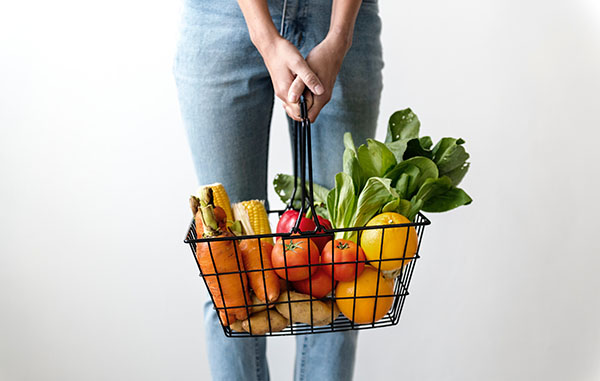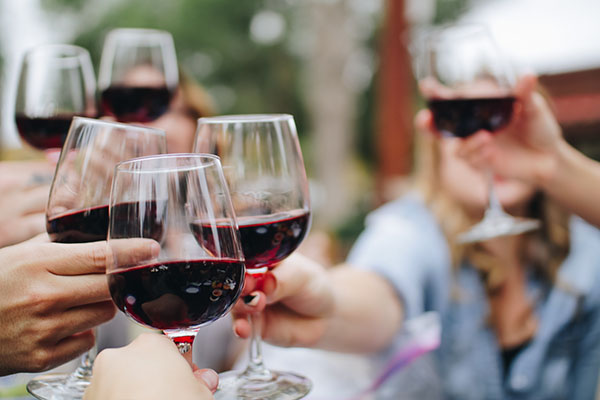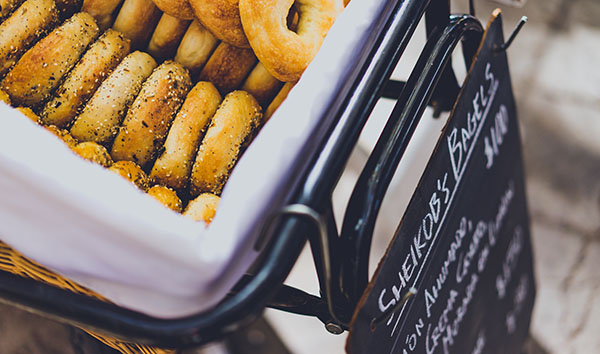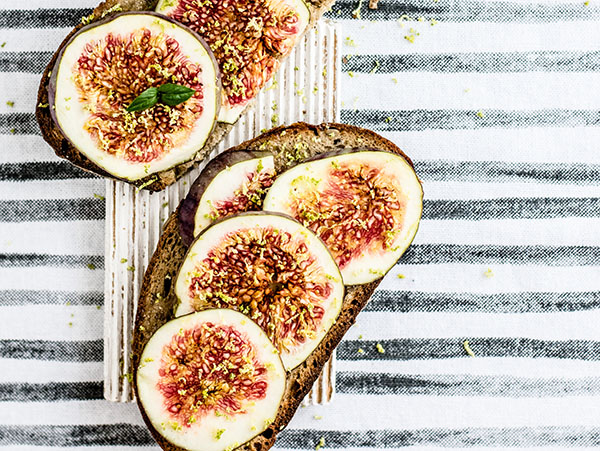Whether you have been a vegan for decades or if you are curious about what vegan food is, you’ve come to the right place.
If you are new to veganism, you might be a bit shocked as to what the word actually means and what it is all about.
We created this guide to help explain what veganism is, as well as to explain some foods that many people think of as being vegan, but definitely aren’t.

What is Veganism?
Veganism is more than just about what foods you can eat and not eat, veganism is a lifestyle. One definition is that veganism is a philosophy and way of life which excludes, as much as possible, all forms of exploitation of, and cruelty to, animals. Whether it is for food, clothing, or any other purpose, vegans promote the development of animal-free alternatives.
This means that vegans not only exclude meat, dairy, and other animal products (such as gelatin, eggs and seafood) but they also avoid wearing items made from animals, including leather or bone buttons. They don’t see animals as entertainment, which means they avoid rodeos and horse races. Vegans also avoid products where companies conduct animal testing.
Being vegan means loving animals so much that you want them to live their free, natural lives, not eat them, wear them, or use them in an unfavourable manner.
What Foods do People Commonly Think are Vegan but May Not Be?
When people are new to veganism, it’s common for them to be confused by some things that they thought were vegan but are later told aren’t a vegan food.
The following is a list of common items many people think are vegan but really aren’t.

- Beer and Wine. This one is always a bummer, but the truth is that alcoholic drinks aren’t vegan. Wine uses gelatin from cows, as well as casein, which is a dairy product, in the filtration process. Some beers can be vegan, but others use a product called isinglass, which comes from the bladders of fish. Look for products that state they are vegan-friendly.
- Dark chocolate. While milk chocolate is easy to see as not vegan, many people think dark chocolate is OK. Unfortunately, some companies still add a bit of milk to their dark chocolate. Read labels carefully!
- Honey. Many people don’t like to hear this, but pure honey contains bee-parts. It’s true. An untold number of bees are killed to extract and produce honey. Honey is food for bees, not people, and it is definitely not vegan.
- Red-coloured foods. Many red-coloured products get their colouring from something labelled as E120, which comes from insects. Look for products marked “vegan” to be certain you know what you are eating
- Marshmallows and gummy lollies. While some lollies are vegan-friendly, you need to check twice to be sure that these products, including marshmallows, don’t contain gelatin, which comes from cows.
- Worcestershire sauce. You might not know it, but Worcestershire sauce contains anchovies!
- Fruit juice. For a juice to be a vegan food (or drink in this case), the label must state that their product is 100% pure juice. Unfortunately, many fruit juices on the market today contain added “nutrients”, such as omega-3. Omega-3 is derived from fish oil.
- Non-diary creamers. You would think that non-diary means safe for vegans, but this isn’t always the case. Read the label carefully since some products contain whey or casein, which comes from milk.
- Some bagels and bread. If you find the words “emulsifier 481 and/or 472″, then your bagel or bread contains animal fats.

Aren’t Figs Banned by Vegans?
While some vegans think that figs are not allowed, the fact is that they are just fine. Wasps need to enter a fig flower, which blooms internally. The wasp lays her eggs inside, then dies. This is a mutual relationship since wasps can’t reproduce without fig trees and fig trees cannot make fruit (which has their seeds for reproduction) without wasps. The wasps aren’t being exploited like bees are, so eating figs is perfectly fine.

Are Avocados Vegan?
Even among vegans, this item is hotly debated. In order for some crops to exist, they must be pollinated by bees. This would include cherries, almonds, peaches, lettuce, broccoli, cucumbers and avocados.
These types of plants are very difficult to cultivate naturally, so farmers use bees to pollinate them. Bees are stacked in boxes on trucks, brought to fields, then put back on the truck to return home or to another field after their job is done.
Some vegans feel that this is an exploitation of bees. Others say that bees would naturally find these plants and that this doesn’t make avocados, or other foods, unacceptable to vegans.
Whether you plan on being very strict about your veganism and avoid foods like avocados is completely up to you, however, unless you are making and growing your own food, be certain to read every single label to avoid unwanted surprises.

Luckily, most restaurants often vegan options on their menu. Don’t be afraid to ask about dishes.





